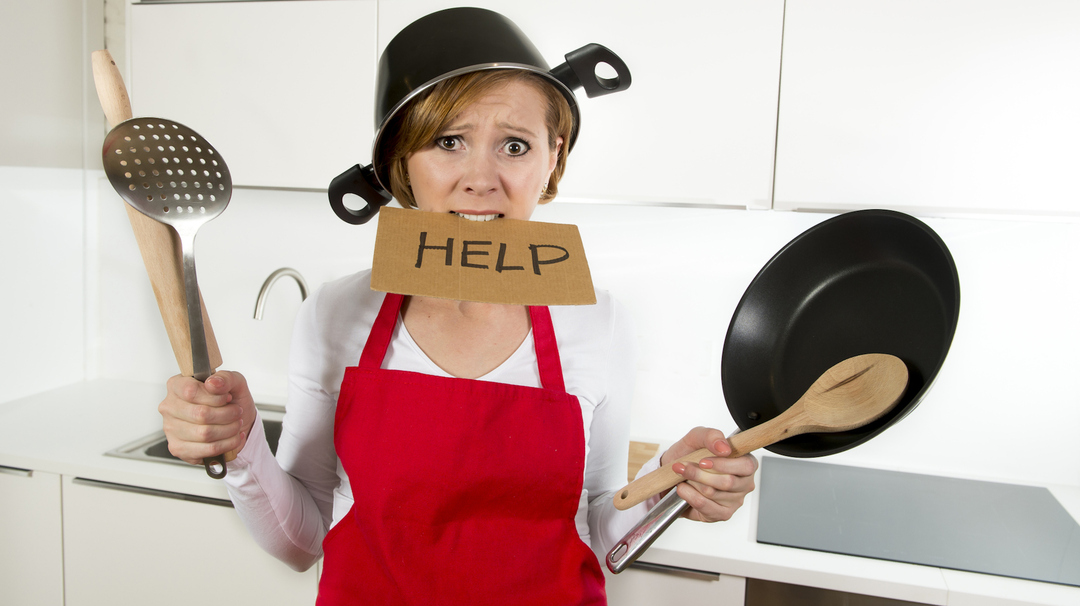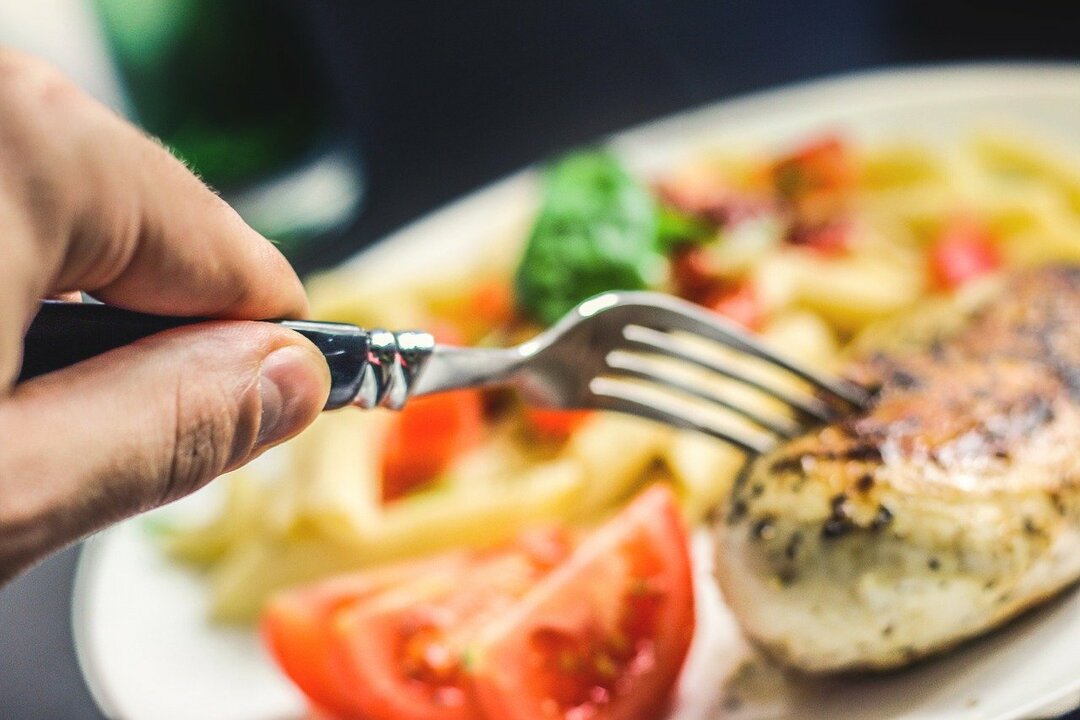It is difficult to imagine more convenient measures of volume and weight than a teaspoon and tablespoon. True, before you start using them as measurements, it is important to know a few nuances. But on the other hand, after memorizing them, it will not be difficult to determine the volume of liquid in the scoop.
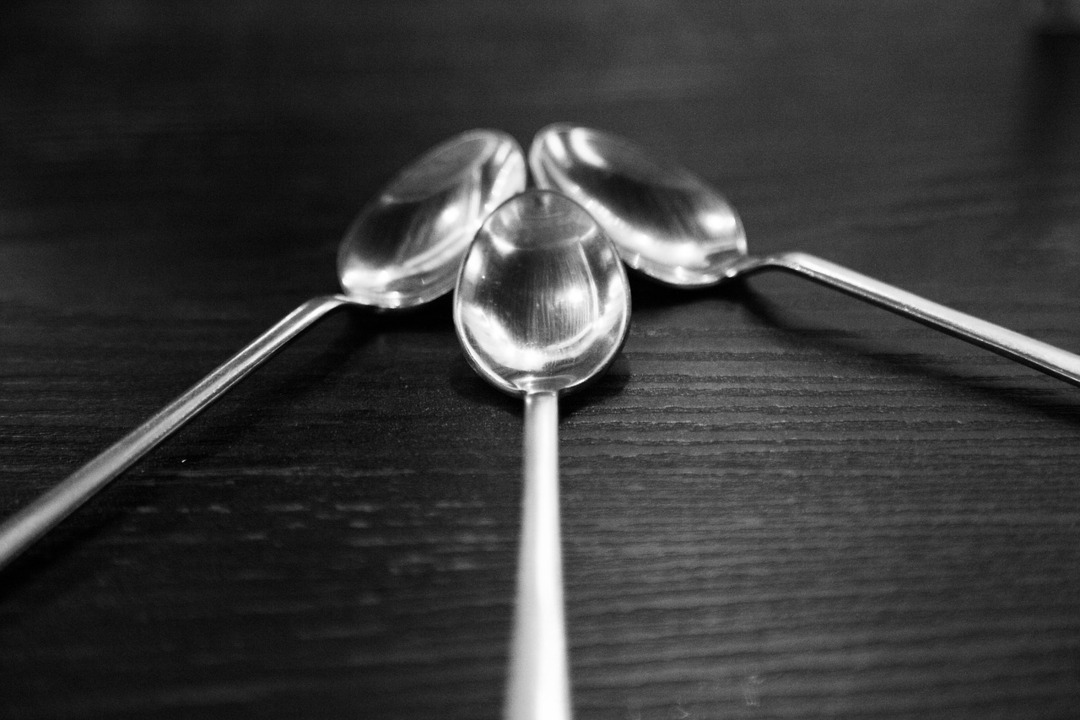
@Pashminu Mansukhani, Pixabay
The content of the article
- Features of teaspoons and tablespoons
- How much liquid will fit in a scoop
Features of teaspoons and tablespoons
In order to find out how many milliliters are in a tablespoon, it is important to take into account that its volume depends on the standards of which country the device was produced. The fact is that there are as many as three types of these cutlery:
- full-sized (common in the CIS countries), scooped 7 cm long and 4 cm wide;
- American (common in the USA, Canada and New Zealand) - 5 cm x 3.5 cm;
- Australian - larger than full-size, but the exact dimensions were not found.
So, the first pair became widespread in the kitchens of our hostesses. That is why it is important to understand that if a recipe contains an entry in the format “N Art. l ", it means exactly full-size scoops, filled to the brim. And this is an important note, because the volume of these spoons is different:
- full size holds 18 ml of liquid;
- American - 15 ml;
- Australian - 20 ml.
With a teaspoon, it is a little easier: English, 4 ml in volume, did not take root with us, but ours holds 5 ml of liquid.
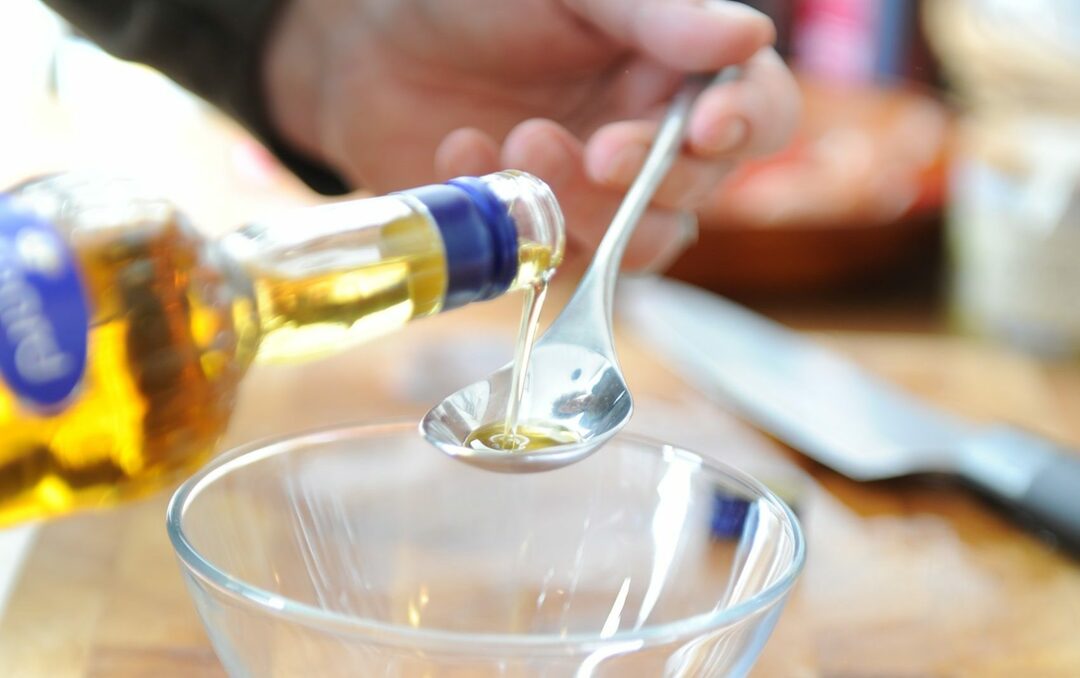
@Antina Wolff, Pixabay
How much liquid will fit in a scoop
Important note: do not confuse volume and weight. So, a spoon with a volume of 18 ml will always hold exactly 18 ml of liquid, regardless of whether it is water or vinegar. But the weight of the measured products depends on their density and therefore may be different, which is why 18 g of water, 20 g of milk or only 17 g of vegetable oil are placed in the same scoop.
The table will help you navigate the measurement of the most popular liquids:
| How much liquid holds | Full-size art. l. (G) | American Art. l. (G) | Teaspoon (g) |
| Water | 18 | 15 | 5 |
| Vinegar (3-9%) | 18 | 15 | 5 |
| Milk | 20 | 16 | 5 |
| Vegetable oil (sunflower, olive) | 17 | 14 | 5 |
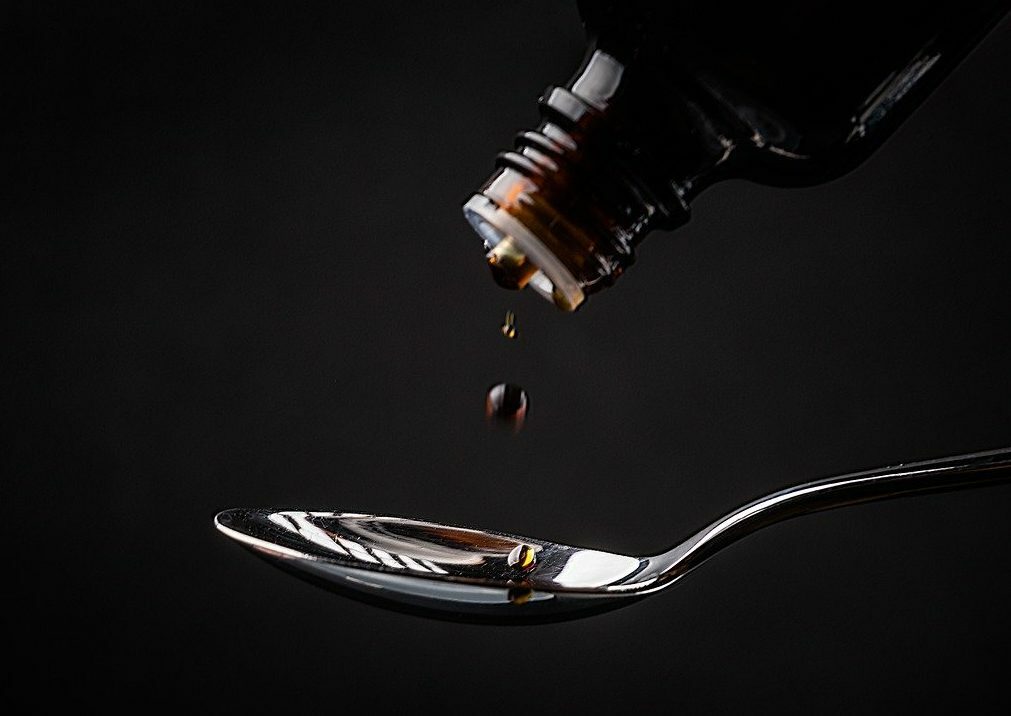
@Steffen Frank, Pixabay
Another interesting point concerns the syrup: it is important to understand that it is better to measure the volume of medicines using the supplied measure. In the same case, if it is lost somewhere, it is better to use a disposable syringe.
Only in this way will it be possible to maintain the exact dosage, avoiding unnecessary drug abuse. But tea and tablespoons are not suitable for these purposes. An exception is when you need to measure exactly 5 or 18 ml of syrup.
Subscribe to our Social Networks

